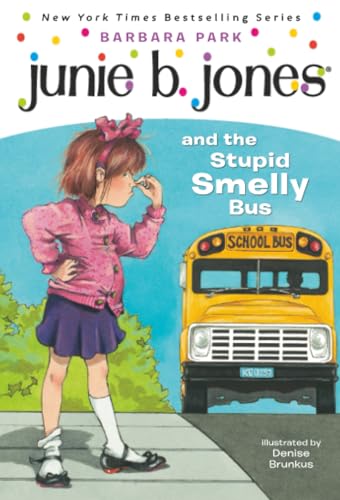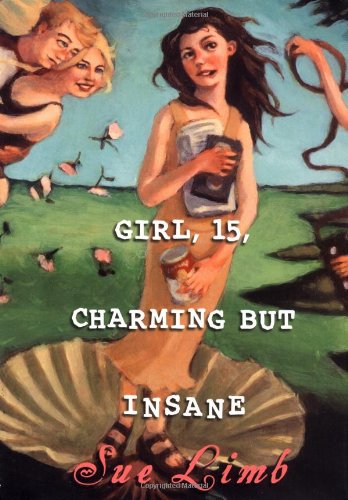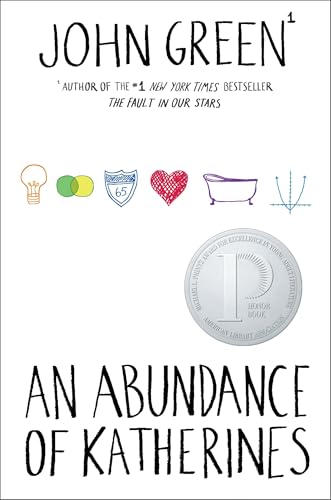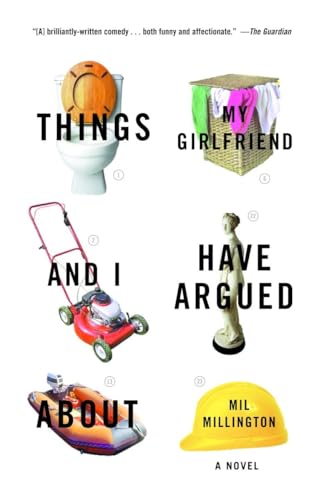Yesterday, I reviewed three picture books at PBS Booklights where I shorthanded the title as “Black History Month and Libraries.” Awkwardly worded, but the books are indeed all about kids going to the library in the South before Civil Rights and the place that the library had in the context of African American History.
Two of the books were published this year and nominated in Cybils Fiction Picture Books. The funny thing is that I preferred one over the other until I started to write the review. All of sudden, what had seemed like a deficit in that book — its levity — became a positive. And I’ll tell you why.
At the beginning of this month I saw a number of posts that questioned Black History Month. Some wondered about the benefit of covering the same people without bringing out the achievements of lesser known African American role models. Some questioned the focus on slavery and Jim Crow laws, reinforcing victimization instead of empowerment. Some related the awkwardness of being the only black student listening to books about mean white people. I know that there was far more subtlety and nuance conveyed in these posts, so please don’t call me out on my paraphrasing.
I saw value in all of these concepts, and so I did what I often do when confronted with complicated and intense issues. Nothing. In that I didn’t post about books for Black History Month because I suddenly wasn’t sure what it meant. I haven’t been the only black student in the room during Black History Month, but I have been the only Jew in room during the world history lessons on the Holocaust and know that it is awkward being that kid, and it feels strange to hear about your people as victims. At the same time, I think that the significance of the African American journey is rooted in the context of its beginnings.
So back to those two books. Both were about boys going into a library in the South and checking out a book, against the rules of the state and the mindset of a society. Originally I liked one because the watercolor illustrations appealed to me and the story provided more background on the level of discrimination at the time. But as I reread the books and began to write the review, I preferred the second book because what I had originally dismissed as too light a treatment of the topic — both in the text and in the bolder artwork — seemed to answer some of the questions I had about Black History Month. Here the kid has a mission to check out a book at the library, and while several white folks nicely try to help him, he insists on taking a stand against the law. Within one book, we have a lesser-known African American role model, a focus on an empowering stance instead of victimization, and a portrayal of an unfair law instead of mean people.
I’m not saying that this is the only way that a topic in African American history can be discussed. Obviously that’s silly. But it was refreshing to see this approach in a book for kids, specifically younger kids. What are the books? Head to PBS Booklights to find out. (You’ll also find a bonus classic book on the same topic.)
The Rundown
One of the bestselling preschool books of recent times was Walter the Farting Dog. At the same time, the American Library Association named as one of its best books Michael Rosen’s Sad Book, a book in which Mr. Rosen talks about his despair over the death of his son. I believe that, for most of us, what we want lies somewhere between a flatulent canine and overwhelming grief.
View my complete profile
Email MotherReader

Email MotherReader

Share It
Blog Archive
-
▼
2010
(175)
-
▼
February
(17)
- Booklights, Black History Month
- Into the Wild Nerd Yonder
- ABC Storytime: O is for...
- Nonfiction Monday: A Young Dancer
- Poetry Friday: Red Sings from Treetops
- Booklights Snow Books
- ABC Storytime: N is for...
- Nonfiction Monday: Yes We Can
- Cybils Award Winners!
- Poetry Friday: Dizzy in Your Eyes
- Booklights, Top 100, and Snowpocalypse
- ABC Storytime: M is for...
- That’s a Lot of Snow
- Booklights, Cybils, and Jeremy Draws a Monster
- ABC Storytime: L is for...
- LOST Returns
- Comment Challenge 2010: Prizes
-
▼
February
(17)
Followers
MotherReader Suggests
Funny Books for All Ages
Newborn
One Year
Two Years
Three Years
Four Years
Five Years
Six Years
Seven Years
Eight Years
Nine Years
Ten Years
Eleven Years
Twelve Years
Thirteen Years
Fourteen Years
Fifteen Years
Sixteen Years
Seventeen Years
Eighteen Years
Adult
Newborn

One Year
Two Years

Three Years
Four Years
Five Years

Six Years
Seven Years
Eight Years

Nine Years
Ten Years

Eleven Years
Twelve Years
Thirteen Years

Fourteen Years
- Born Too Short
- Sex Kittens and Horn Dawgs Fall in Love
- Once Upon a Marigold
- Angus, Thongs, and Full Frontal Snogging
Fifteen Years

Sixteen Years
Seventeen Years

Eighteen Years
- Our Dumb Century: The Onion Presents 100 Years of Headlines from America’s Finest News Source
- How to Ruin Your Life
- The Daily Show with Jon Stewart Presents America (The Book): A Citizen’s Guide to Democracy Inaction
Adult

- I’m with Stupid: One Man. One Woman. 10,000 Years of Misunderstanding Between the Sexes Cleared Right Up
- The Sex Lives of Cannibals: Adrift in the Equatorial Pacific
- Things My Girlfriend and I Have Argued About: A Novel
- Why Not Me?
- Good in Bed
- I Love Everybody (and Other Atrocious Lies): True Tales of a Loudmouth Girl
- Bitter is the New Black: Confessions of a Condescending, Egomaniacal, Self-Centered Smartass, Or, Why You Should Never Carry A Prada Bag to the Unemployment Office
Copyright © 2006–2015 MotherReader All rights reserved.
Blogger Template by Anshul Dudeja | WP Theme by Templatelite
Blogger Template by Anshul Dudeja | WP Theme by Templatelite














1 comment:
I'll have to click over to PBS Booklights to find out the titles of these two books but before I go I wanted to comment-I taught for three years in a school in Arkansas. The student body comprised of kids from housing projects close by. 99% African American, which made it feel very odd to read books about equality in education-including Ruby Bridges books because these kids still did not have it. The teachers were good, the building was okay but they didn't have a fair mix of other students. But when you read the words like "everyone deserves to be able to go to school together, black, brown or white"...these kids were questioning-"where is the diversity here?" I never got over that look and it still makes me wonder about divisions-now through economics-will it ever improve??
Post a Comment